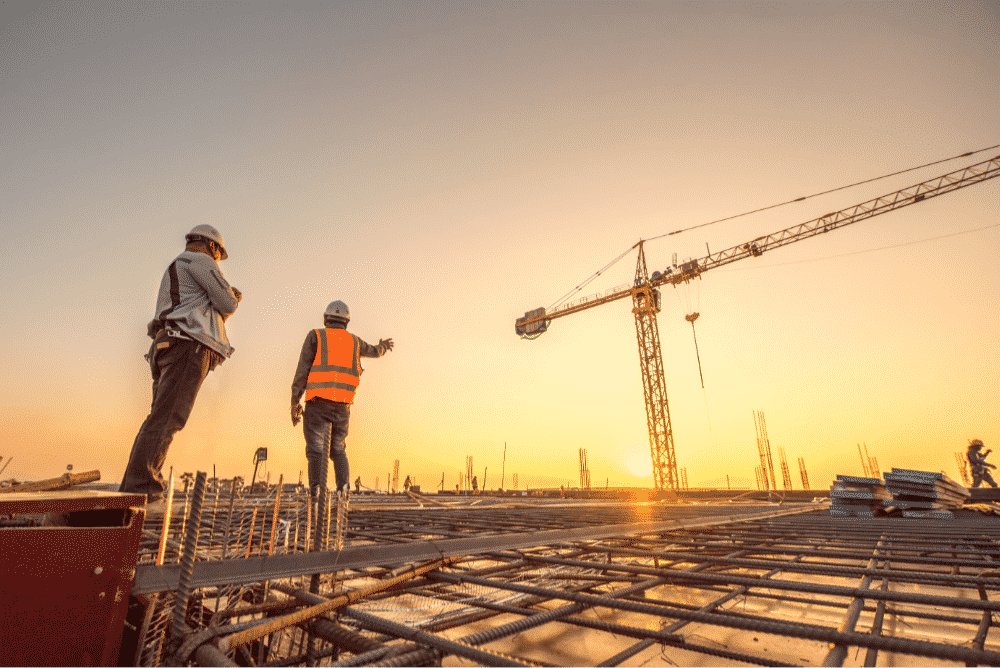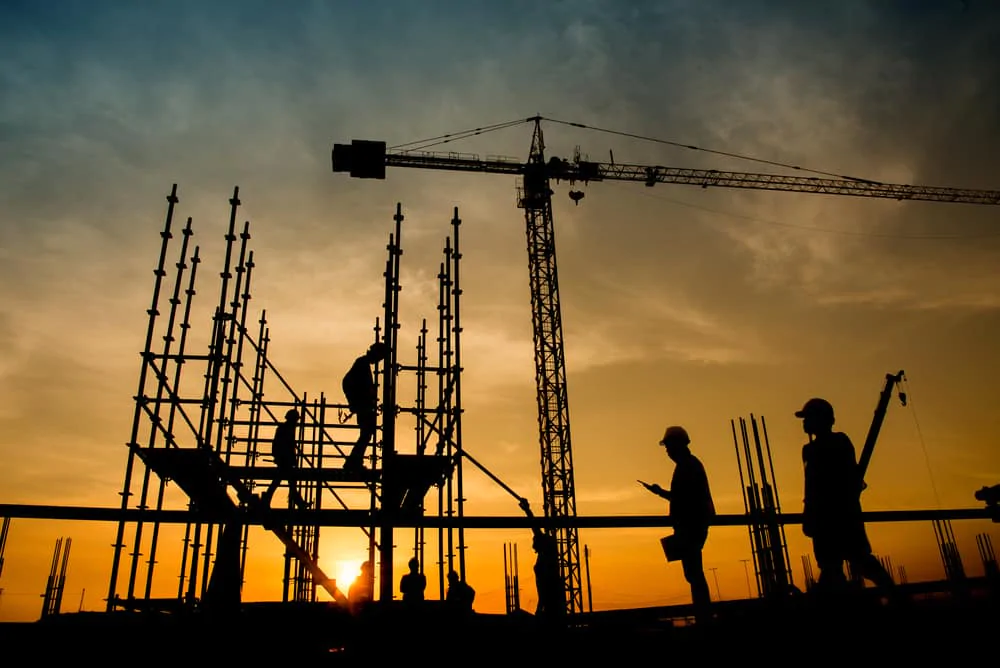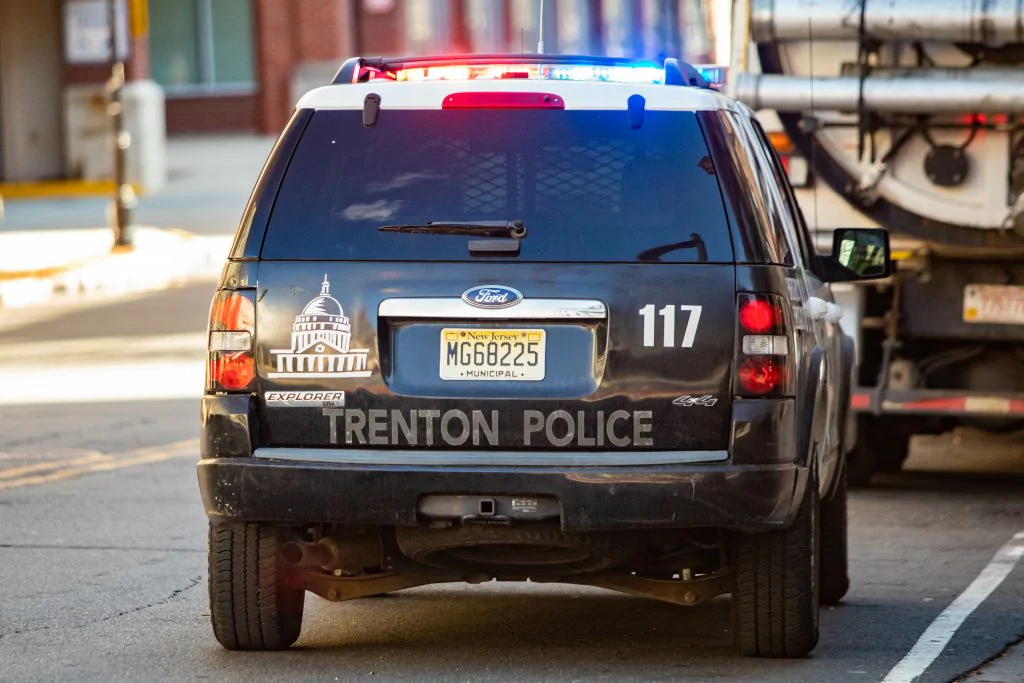Construction is one of the deadliest jobs there is—right up there with logging, police work, and deep-sea fishing. While certain jobs like librarian rarely cause more than a paper cut, construction is associated with heavy equipment, extreme heights, and other risks that mean frequent injuries, and in the worst case, deaths.
US Construction Accident Statistics
According to the U.S. Bureau of Labor Statistics, the most dangerous careers are those that exceed the national average, which was 3.6 fatalities per 100,000 full-time workers in 2016. Note that fatalities are generally used as a barometer of how dangerous a workplace is. So, jobs with high rates of death invariably have high frequency and severity of injury. In some cases, injury rates are 50 to 100 times that of death rates. Which means that some workplaces incur one serious injury per 100 workers per year. Every year.
Construction Accidents in New York
In New York, construction work is especially dangerous. It far surpassed the national average with 10.1 fatalities per 100,000 in 2016. Certain related fields like iron and steel work came in at 25 fatal injuries per 100,000. Yet unlike fishers who have no control over an epic wave or police officers who cannot always dodge a bullet, experts say many construction accidents are preventable.
Preventable perhaps, but a 24/7 Wall St. analysis of 2016 of workplace accidents shows danger runs deep in many aspects of the construction business—from laborers to supervisors, painters to engineers. A special report published by 24/7 Wall St. in 2019 on the 25 most dangerous jobs shows construction is a repeat offender. Coming in No. 6 as the riskiest under the construction umbrella is structural iron and steel work mentioned above with 16 fatalities and 1,440 nonfatal injuries—imagine doing your job at skyscraper heights! It’s no surprise that falls account for 56.3 percent of all fatal injuries, while the most common of the nonfatal variety involve workers being struck by objects.
Then, at No. 9 on the hazardous jobs list, it was the first-line supervisors of construction and extraction workers—not the regular laborers—who experienced 134 fatal injuries and 6,090 nonfatal injuries. Most of these construction accidents involved trips, falls, and slips. But since supervisors often work on road projects, 12.7 percent of 2016’s fatalities came from tragic impacts with cars.
Construction laborers were not far behind at No. 13 with 254 fatal and 24,650 nonfatal injuries, while operating engineers and construction equipment operators placed No. 21 with 39 fatal injuries and 4,750 nonfatal injuries, and painters who work in construction and maintenance saw 50 fatal injuries and 3,530 nonfatal injuries.

The Most Common Injuries Across All Professions
Nationwide in all professions, there were 2.8 million nonfatal workplace injuries and illnesses reported by private industry employers in 2018, unchanged from 2017, according to the U.S. Bureau of Labor Statistics. The most common injuries for all professions involved:
- Sprains, strains and tears at 30.7 per 10,000 full-time workers for 2018
- Soreness, pain (15.9)
- Bruises, contusions (7.9)
- Cuts, lacerations and punctures (9.2)
- And fractures (7.9.), says the BLS.
Unreported On-Site Injuries
It should also be pointed out that workplace and construction injuries often go unreported. So, death remains the best yardstick of on-the-job threats. Jobs that kill people also injure them. As the U.S. Department of Labor reports, construction had its hand in one in five worker deaths in 2017. The leading cause of death (excluding highway collisions) was overwhelmingly falls (381), then getting struck by an object (80), electrocution (71), and being caught in between something (50).
The U.S. Department of Labor calls these types of accidents the fatal four, and they are at the top of its hit list since their elimination would save lives—582 a year to be exact. Talk of wiping out these four deadliest accidents is a clue to their nature. Whether it’s falling debris, broken scaffolding, or a wayward forklift that plays the Grim Reaper, most of these accidents have a common thread: With proper safety measures and worker training, they didn’t have to happen at all.
Building a Safer Future
Even in a dangerous field like construction, however, there’s some reason for optimism—perhaps safety measures are having an effect after all. Out of 4,674 worker fatalities in the private industry in 2017, 971 or 20.7 percent were in construction, reports the Occupational Safety & Health Administration. So, where’s the bright side? Twenty fewer workers lost their lives in 2017 compared to 2016 when construction fatalities totaled 991 with 38 percent resulting from falls.
This is in harmony with the 17-percent decrease in total fatal occupational injuries in the 25 years from 1992 to 2016, reported by the BLS. Though a step in the right direction, there were still 14 deaths per day in 2016.
According to the NYC Building Department, construction accidents are on the decline.
New York City Fights Back
Although construction accidents can be numerous in growing metropolitan areas across the country, probably nowhere in the U.S. are they getting more ink than in New York City and its five boroughs. The total death rate has been stuck at 12 per year since 2015, up from 8 in 2014, according to city data.
Each year the number of accidents – both fatal and otherwise – has continued to climb. In 2014 there were 231 total construction accidents reported. 645 in 2017, and in 2018 the NYC Department of Buildings reported 746 construction mishaps leading to 761 injuries and 12 fatalities.
The accident breakdown shows this breakdown of causes:
- 187 involved the fall of a worker
- 78 dealt with the displacement, fall, or failure of material
- 20 mechanical construction equipment
- 13 scaffolding
- 5 excavation
- 442 were reported as having undescribed causes.
As to location:
- 418 accidents occurred in Manhattan
- 168 in Brooklyn
- 87 in Queens
- 48 in the Bronx
- 25 on Staten Island
Could it be that New York City’s reform measures held no power against this wave of tragedy? Well, 2019 has brought reason for hope that NYC initiatives may be meeting their mark. According to the building department, accidents are on the decline this year, falling from 657 in 2018 to 483 in 2019. (Figures are based on the first 10 months of each year.) Injuries also dropped during this same period from 672 to 507 respectively. The bigger question, however, is whether fatalities will remain at the 12-a-year figure. It’s a close call but there’s reason for hope: The death toll was 10 at the end of October.
The Long Road Ahead for Construction Safety in New York City
Beyond the statistics, there has been the heartbreak: Tragedy struck one Ecuadorean immigrant family with seven relatives at a Bronx construction site particularly hard in August 2019. The building they were working on collapsed, crushing to death one relative and seriously injuring two other family members.
What has been behind so much bloodshed? Admittedly, the city is experiencing a time of epic growth with an emphasis on affordable housing. According to NYC’s reform plan, Building One City, more than 140,000 construction permits were issued in 2014 alone. But this revitalization frenzy alone, experts say, cannot explain why the death toll among construction workers is disproportionately high.
As news crews investigate and report on this trend, they often shed light on the perfect storm of risk factors behind them. The pace of construction and the pressure of controlling cost is a factor. But the ready availability of an army of cheap labor aggravates the situation. Many of those injured and killed have been Immigrants, especially Latinos, eager to work but lacking the training that could have saved their lives.
In 2015, New York City sought to improve things with a fundamental reform of the Department of Buildings. More than just lip service, the campaign called for an infusion of 320 new positions and $120 million over four years, increased inspections, fines, enforcement, and mandatory training. Inspectors are faced with fake training cards and inconsequential fines. Still the multi-year effort went on and when the city turned to daily surprise inspections, it began to shake things up: as we have seen, 2019 shows some signs of a turnaround.
Fertile Ground
There is undeniable pressure on builders to hurry, reduce costs and cut corners. The inevitable result is increased risk. The primary counter-measures to this tendency are regulation and union demands for safety. But, in recent years, the power of unions has weakened. Many blame the adoption of “right to work” laws for this. These laws freed members of collective bargaining units from the fees that fueled the union’s activity. At least 28 states have such laws, and the rate of adoption is speeding up, making it hard for unions to organize, lobby and monitor operations.
The second factor that cultivated the ground for developers with risky procedures was the anonymity of their work force. Today’s construction labor consists of many undocumented workers fearful of speaking up against danger. After all, a strong voice could mean deportment.
While shedding light on their undocumented status will always be a concern, some significant settlements for illegal workers are showing that silence isn’t always golden. In fact, in 2009, three undocumented immigrants won settlements totaling $3.85 million after injuries on their construction sites. The largest amount – $2.5 million — went to a Mexican plumber scalded over much of his body when a pipe exploded in Manhattan in December 2004.
Workman’s Compensation for Construction Injuries
Workman’s compensation awards typically pale in comparison to those of personal injury cases. Lawyers.com put the average Workman’s Compensation award at $21,800, with only 8 percent of those hurt collecting $60,000 to $100,000. The lesson is that fear should not prevent illegal workers from seeking financial relief through the court system for job-related injuries.
What’s ahead for construction workers? Now that the veil of silence has been broken for illegal workers and the courts are ready to come to their defense and now that the city has gotten cagier about its inspections and has increased staff to perform them, we hope that NYC is gaining ground in its fight to save lives and reduce the frequency and severity of injuries.
Even on the national level, the four deadliest offenders have been targeted for their role in preventable accidents, creating the hope that safety sense can bring a new reality.
Get Your Construction Injury Settlement
If you or someone you know was injured or killed while working on a construction site, call 855-468-7626 to speak with a dedicated construction accident lawyer at Sobo & Sobo. They’ll help guide you through the legal process, and ensure you get the settlement and justice you deserve.




